
漢德百科全書 | 汉德百科全书

 Architecture
Architecture
 Neo-Baroque architecture
Neo-Baroque architecture

 Architecture
Architecture
 Neoclassic architecture *
Neoclassic architecture *

 Architecture
Architecture
 Beaux Art
Beaux Art

 Performing Arts
Performing Arts
 France
France

 Ile-de-France
Ile-de-France

 Music
Music

 Music
Music
 Gesang
Gesang

 Music
Music
 Opera
Opera

 Dances
Dances
 Ballet
Ballet



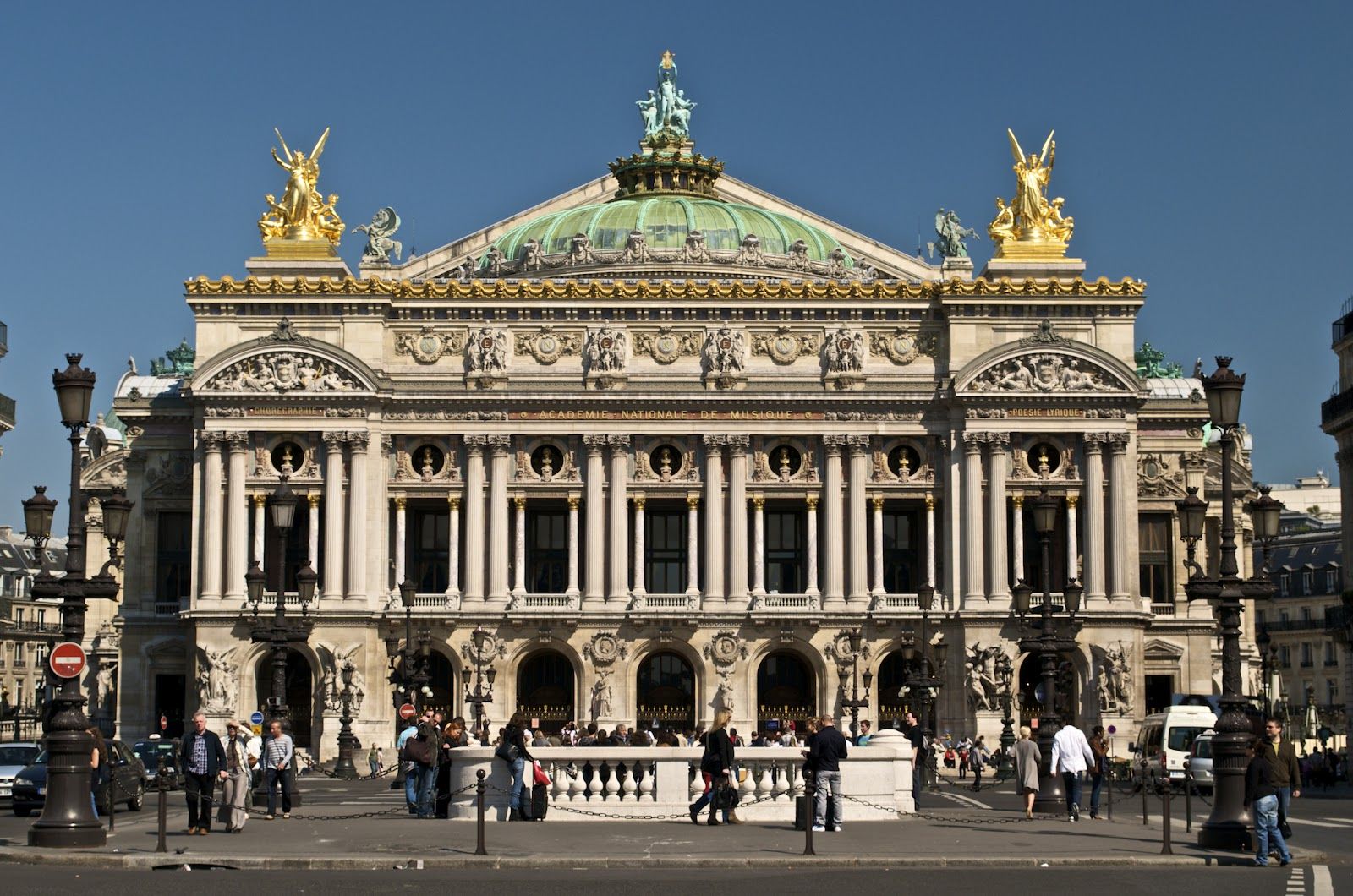
Die Opéra Garnier, auch Palais Garnier genannt, ist eines der zwei Pariser Opernhäuser, die der staatlichen Institution Opéra National de Paris unterstehen (Das zweite ist die Opéra-Comique). Die Opéra Garnier wurde 1875 eröffnet und steht am rechten Seineufer im 9. Arrondissement. Ihren Namen verdankt sie ihrem Erbauer Charles Garnier. Seit der Eröffnung der Opéra Bastille im Jahre 1989 wird die Opéra Garnier hauptsächlich für Ballettaufführungen des hauseigenen Ballettensembles Ballet de l’Opéra de Paris genutzt, führt aber nach wie vor auch klassische Opern auf.
加尼叶歌剧院(法语:Opéra Garnier),通常称为巴黎歌剧院(法语:Opéra de Paris),于1861至1875年间建造,位于法国巴黎第九区,是一座拥有1979个座位的歌剧院。巴黎歌剧院是一座新巴洛克风格的建筑,由法国建筑师查尔斯·加尼叶(Charles Garnier)所设计,被认为是新巴洛克式建筑的典范之一。
在1989年坐落于巴士底广场的巴士底歌剧院落成前,加尼叶歌剧院是巴黎歌剧团的首选剧场。如今,加尼叶歌剧院多上演芭蕾舞剧目。
巴黎歌剧院与巴黎圣母院、卢浮宫以及圣心教堂被并称为巴黎的标志。
ガルニエ宮(Palais Garnier)は、フランスの首都パリにある歌劇場である。単にオペラ座(l'Opéra)と呼ばれることもある。パリ国立オペラの公演会場の一つである。
フランスの王立オペラの歴史は1669年にさかのぼる。作曲家ロベール・カンベール(Robert Cambert)と組んで宮廷オペラを作っていた詩人ピエール・ペラン(Pierre Perrin)の請願が、財務総監コルベールの仲立ちでルイ14世に許可され、『音楽アカデミー』ができたのである。この名称は時代とともに、政治体制とともに変わった[1]。
パリの王立ないし国立のオペラ劇団が公演する劇場も転々と変わり、ガルニエ宮は13代目である。それまでの劇場は、ルーヴル美術館(フランス革命までは『ルーヴル宮』)の中や隣だったことも、約1.5km離れていたこともあった[2]。
1800年12月、第一統領だったナポレオン・ボナパルトが爆弾に見舞われたのは、8代目のテアトル・デ・ザール(Théâtre des Arts)への途次であった。1858年1月14日、ナポレオン3世が爆弾を投げられたのは、11代目のサル・ル・ペルティエ(Salle Le Peletier)の正面であった。これを機に、以前からの新オペラ座建設計画が1860年9月29日の政令で具体化し、同年12月29日、ナポレオン3世の第二帝政を称える記念碑的建造物の設計が公募された。
折から、セーヌ県知事オスマンのパリ市街区の整理再構築(パリ改造)が進行中で、建設用地は取り払われ空き地となる現在地と決まっていた。
171の応募の中に一等賞はなく、佳作が6件であった。その中からシャルル・ガルニエの案が採択され[3]、1862年7月21日に最初の礎石が置かれた。
1874年12月に工事を終え、1875年1月5日に落成式が行われた。この劇場は設計者の名から「ガルニエ宮」と呼ばれることとなった。
着工から完成までの十余年間のフランスには、1867年のメキシコ出兵の失敗、1870年の普仏戦争の敗戦とナポレオン3世の亡命(翌年没)、1871年のパリ・コミューンと第三共和政の発足などの大事件が多く、新劇場の工事を休むこともあった。
外観および内装はネオ・バロック様式の典型と言われ、たくさんの彫刻を飾り、華美な装飾を施した豪華絢爛たるものである。また建材には当時、最新の素材とされていた鉄を使用した。これによって、従来不可能とされていた巨大な空間を確保することに成功した。2167の座席が5階に配分されており、観客収容規模でも当時最大の劇場であった。
なお、ガルニエ宮正面からパレ・ロワイヤルへ直に南下するオペラ座大通り(Avenue de l'Opéra)は、この建設工事の一環として開かれた。
第二次世界大戦中のドイツ軍の占領下では、ドイツ軍の管理下で営業を続けた。1964年以降、劇場の天井画はマルク・シャガールによるものが飾られて、現代的な新味も盛り込まれている。
1989年には新しいオペラ劇場としてオペラ・バスティーユ(Opéra Bastille)が完成し、以来ガルニエ宮では、バレエと小規模オペラ、管弦楽コンサートを中心とした運用が行われている。
The Palais Garnier (pronounced [palɛ ɡaʁnje] French  (help·info)) is a 1,979-seat opera house, which was built from 1861 to 1875 for the Paris Opera. It was called the Salle des Capucines, because of its location on the Boulevard des Capucines in the 9th arrondissement of Paris, but soon became known as the Palais Garnier, in recognition of its opulence and its architect, Charles Garnier. The theatre is also often referred to as the Opéra Garnier (French
(help·info)) is a 1,979-seat opera house, which was built from 1861 to 1875 for the Paris Opera. It was called the Salle des Capucines, because of its location on the Boulevard des Capucines in the 9th arrondissement of Paris, but soon became known as the Palais Garnier, in recognition of its opulence and its architect, Charles Garnier. The theatre is also often referred to as the Opéra Garnier (French  (help·info)) and historically was known as the Opéra de Paris or simply the Opéra,[7] as it was the primary home of the Paris Opera and its associated Paris Opera Ballet until 1989, when the Opéra Bastille opened at the Place de la Bastille.[8] The Paris Opera now mainly uses the Palais Garnier for ballet.
(help·info)) and historically was known as the Opéra de Paris or simply the Opéra,[7] as it was the primary home of the Paris Opera and its associated Paris Opera Ballet until 1989, when the Opéra Bastille opened at the Place de la Bastille.[8] The Paris Opera now mainly uses the Palais Garnier for ballet.
The Palais Garnier has been called "probably the most famous opera house in the world, a symbol of Paris like Notre Dame Cathedral, the Louvre, or the Sacré Coeur Basilica."[9] This is at least partly due to its use as the setting for Gaston Leroux's 1910 novel The Phantom of the Opera and, especially, the novel's subsequent adaptations in films and the popular 1986 musical.[9] Another contributing factor is that among the buildings constructed in Paris during the Second Empire, besides being the most expensive,[10] it has been described as the only one that is "unquestionably a masterpiece of the first rank."[11] This opinion is far from unanimous however: the 20th-century French architect Le Corbusier once described it as "a lying art" and contended that the "Garnier movement is a décor of the grave".[12]
The Palais Garnier also houses the Bibliothèque-Musée de l'Opéra de Paris (Paris Opera Library-Museum), although the Library-Museum is no longer managed by the Opera and is part of the Bibliothèque Nationale de France.[13] The museum is included in unaccompanied tours of the Palais Garnier.[14]
L’opéra Garniera, ou palais Garniera, est un théâtre national à vocation lyrique et chorégraphique dont l'édifice est structurant dans le 9e arrondissement de Paris et dans le paysage de la capitale française. Il est situé place de l'Opéra, à l'extrémité nord de l'avenue de l'Opéra et au carrefour de nombreuses voiesb. Il est accessible par le métro (station Opéra), par le RER (ligne A, gare d'Auber) et par le bus. L'édifice s'impose comme un monument particulièrement représentatif de l'architecture éclectique et du style historiciste de la seconde moitié du XIXe siècle. Sur une conception de l’architecte Charles Garnier retenue à la suite d’un concours, sa construction, décidée par Napoléon III dans le cadre des transformations de Paris menées par le préfet Haussmann et interrompue par la guerre de 1870, fut reprise au début de la Troisième République, après la destruction par incendie de l’opéra Le Peletier en 1873. Le bâtiment est inauguré le 5 janvier 1875 par le président Mac Mahon sous la IIIe République.
Cet opéra a été appelé « opéra de Paris » jusqu'en 1989, date à laquelle l'ouverture de l'opéra Bastille, également opéra de Paris, a influé sur son appellation. On le désigne désormais par le seul nom de son architecte: « opéra Garnier » ou « palais Garnier ». Les deux opéras sont aujourd'hui regroupés au sein de l'établissement public à caractère industriel et commercial « Opéra national de Paris », institution publique française dont la mission est de mettre en œuvre la représentation de spectacles lyriques ou de ballet, de haute qualité artistique. L'opéra Garnier fait l’objet d’un classement au titre des monuments historiques depuis le 16 octobre 1923.
L'Opéra Garnier, o Palais Garnier, è un teatro situato nel IX arrondissement di Parigi, facente parte de l'Opéra national de Paris.
Dal 16 ottobre 1923 è monumento storico di Francia.
La Ópera Garnier, también conocida como Palacio Garnier u Ópera de París, es uno de los edificios más característicos del XIX Distrito de París y del paisaje urbano de la capital francesa. Napoleón III ordenó su construcción al arquitecto Charles Garnier, quien lo diseñó en Estilo Imperio.
Desde su inauguración en 1875, la ópera fue llamada oficialmente Academia Nacional de Música-Teatro de la Ópera. Conservó su título hasta 1978, cuando fue renombrada Teatro Nacional de la Ópera de París. En 1989 la Compañía de la Ópera trasladó su sede al recién construido Teatro de la Bastilla y su vieja sede recibió el nombre de Palacio Garnier, donde permanece la Academia Nacional de Música. A pesar del cambio de nombre oficial y del traslado de la Compañía de la Ópera, el Palacio Garnier sigue siendo conocido popularmente por el nombre de Ópera de Garnier en París.
Пари́жская о́пера (фр. Opéra de Paris), то же, что Гранд-опера́ (Гранд-Опера́[1]; фр. Grand Opéra), в современной Франции известна как Опера́ Гарнье́ (фр. Opéra Garnier) — театр в Париже, один из самых известных и значимых театров оперы и балета мира.
Расположена во дворце Гарнье (Palais Garnier) в IX округе Парижа, в конце проспекта Оперы (avenue de l’Opéra), около одноимённой станции метро. Здание считается эталоном эклектической архитектуры в стиле боз-ар и относится к эпохе крупных преобразований города, воплощённых Наполеоном III и префектом Османом.
Долгое время здание театра именовалось Парижской оперой, но после открытия в 1989 году второй театральной площадки для Парижской национальной оперы — Оперы Бастилии, его стали называть именем архитектора Шарля Гарнье. Оба учреждения объединены в общественно-коммерческое предприятие «Парижская национальная опера» (Opéra national de Paris).


 Architecture
Architecture
 Neoclassic architecture *
Neoclassic architecture *

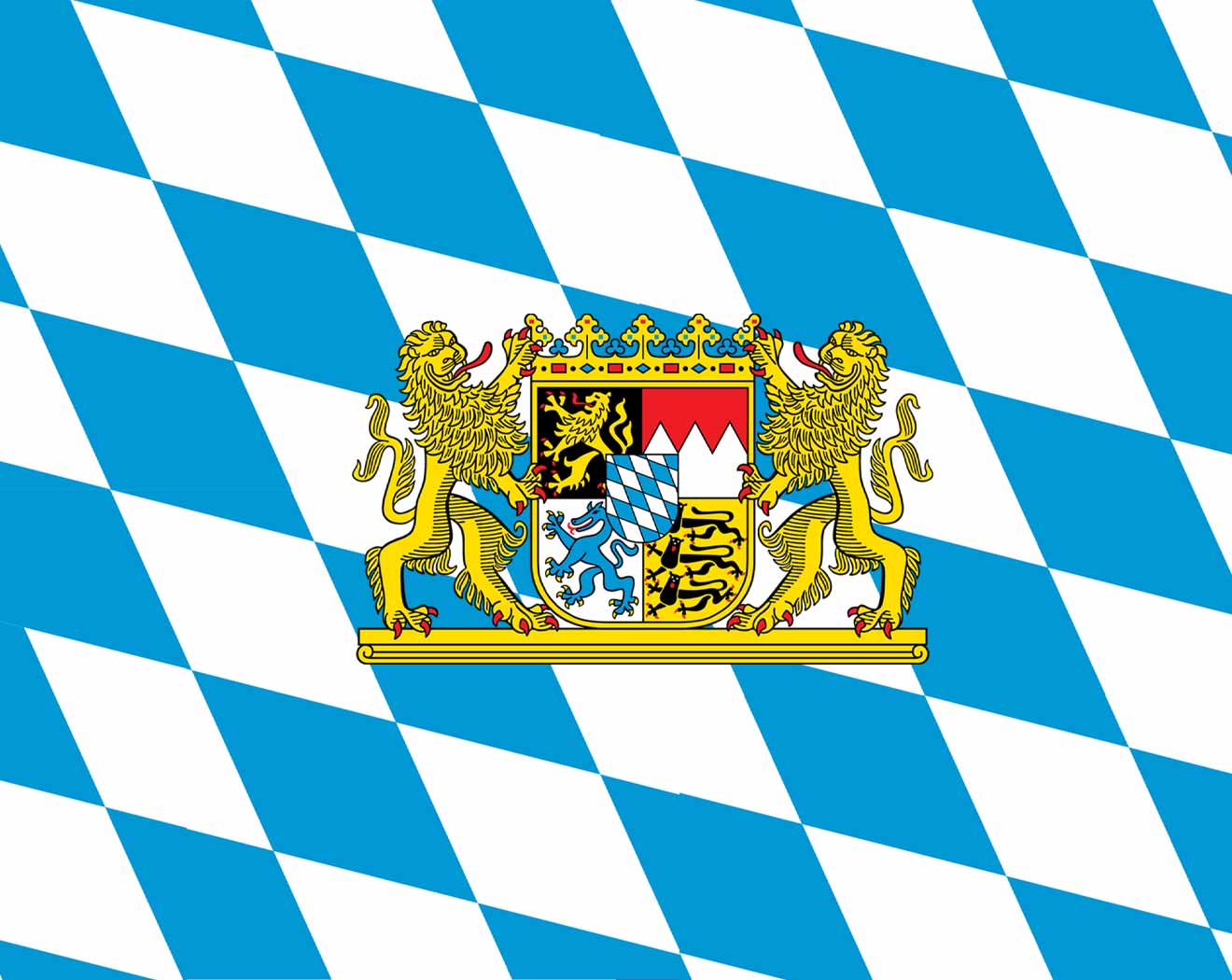 Bavaria
Bavaria

 Performing Arts
Performing Arts
 Germany
Germany

 Music
Music

 Music
Music
 Gesang
Gesang

 Music
Music
 Opera
Opera

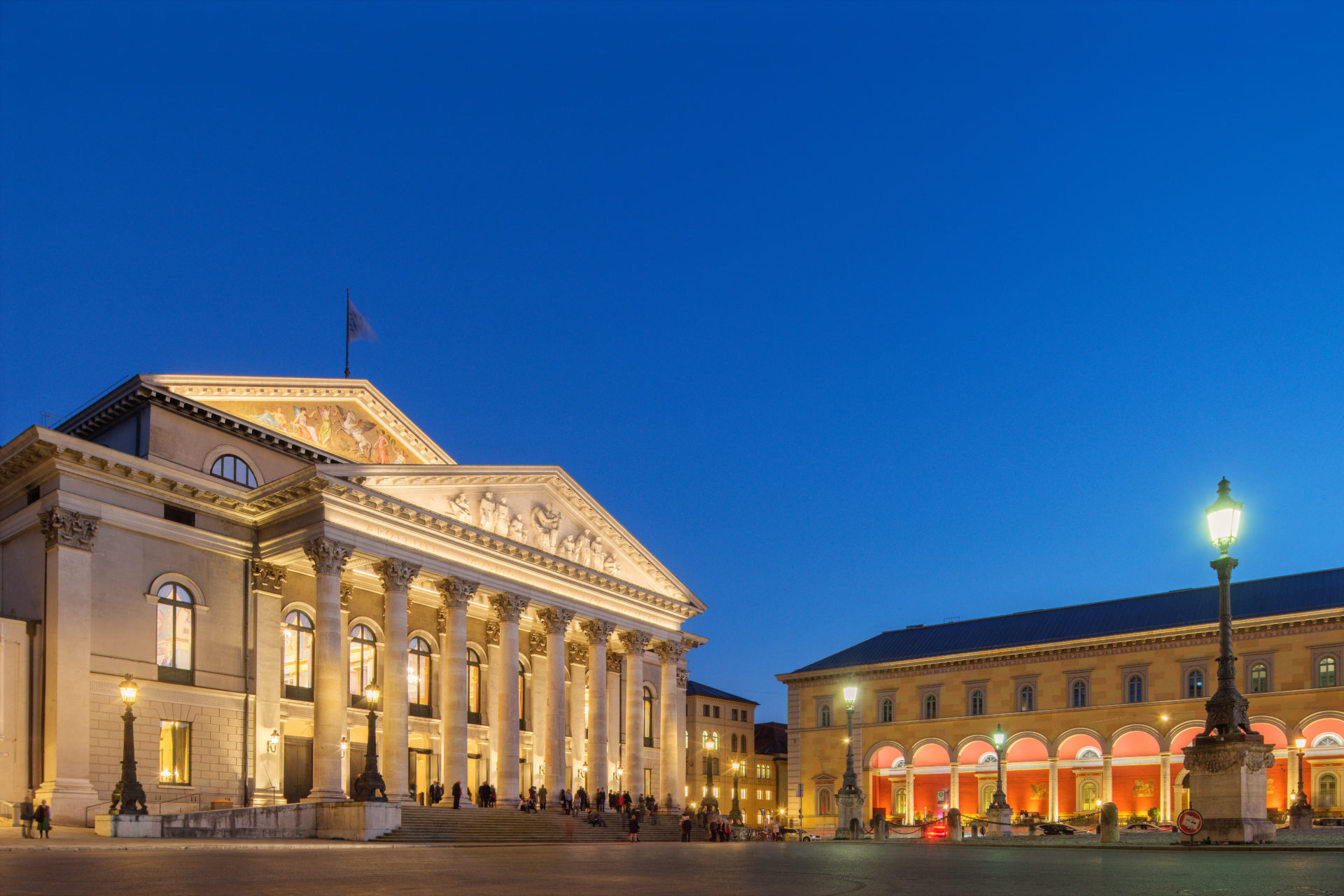
巴伐利亚国立歌剧院(德语:Bayerische Staatsoper)是成立于1653年,以慕尼黑为基地的德国乃至全世界顶尖的歌剧表演团体之一。歌剧院附属乐团通常以巴伐利亚国立管弦乐团(Bayerisches Staatsorchester)的名号见之于世。
歌剧院团现在的驻地是慕尼黑国家剧院(Nationaltheater München)。另外,院团也会定期在摄政王剧院(Prinzregententheater)和居维利埃剧院(Cuvilliés-Theater)表演。
历史上不少著名音乐家都曾在慕尼黑驻足,因此歌剧院团参与不少著名歌剧的全球首演。当中包括瓦格纳的特里斯坦与伊索尔德、纽伦堡的名歌手(Die Meistersinger Von Nürnberg)、莱茵的黄金和女武神以及里夏德·施特劳斯的和平之日(Friedenstag)和随想曲(Capriccio)。
Die Bayerische Staatsoper in München ist eines der führenden Musiktheater der Welt. Ihre Hauptspielstätte befindet sich im Nationaltheater am Max-Joseph-Platz. Sie bildet zusammen mit dem Bayerischen Staatsschauspiel und dem Staatstheater am Gärtnerplatz die Bayerischen Staatstheater.



 Bavaria
Bavaria
 Bayreuth
Bayreuth

 Performing Arts
Performing Arts

 Music
Music
 Music Hall, State Theater, Opera House
Music Hall, State Theater, Opera House

 Music
Music
 Opera
Opera

 Music
Music
 Gesang
Gesang
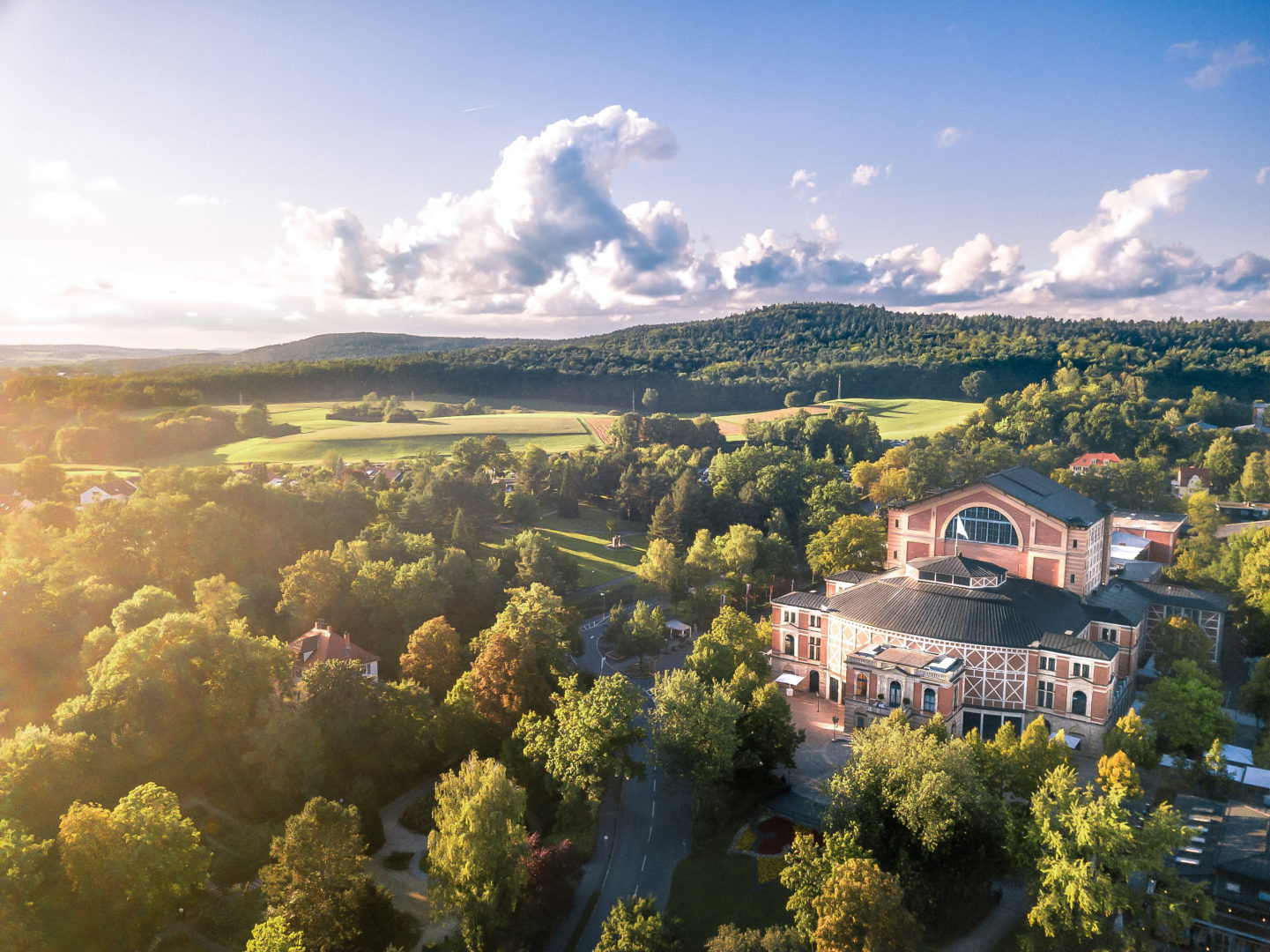
Das Richard-Wagner-Festspielhaus, auch Bayreuther Festspielhaus genannt, ist ein Festspielhaus auf dem Grünen Hügel in Bayreuth. Es wurde in den Jahren 1872–75 von Otto Brückwald nach Entwürfen von Richard Wagner im Stil der hellenistischen Romantik errichtet. Anders als viele Opernhäuser hat es kein festes Ensemble und wird jedes Jahr ausschließlich vom 25. Juli bis 28. August im Rahmen der Bayreuther Festspiele mit Opern beziehungsweise Musikdramen von Wagner in 30 Vorstellungen bespielt. Es wird als eines der Opernhäuser mit der weltweit besten Akustik angesehen.
拜罗伊特节日剧院(德语:Bayreuth Festspielhaus)为1871年理查德·瓦格纳为了上演其作品《尼伯龙根的指环》全剧,开始在德国南部小城拜罗伊特筹建专为该剧设计的歌剧院。在其保护人巴伐利亚国王路德维希二世的资助下,剧院于1876年建成。同年8月,上演揭幕剧《尼伯龙根的指环》的前夜剧《莱茵的黄金》,德皇威廉一世、巴西皇帝佩德罗二世、巴伐利亚国王路德维希二世、音乐家布鲁克纳、格里格、柴可夫斯基、李斯特均受邀观赏该剧。当时该剧获得空前成功,剧院也名声大噪。
该剧院拥有1,800个观众席,整体设计全面照顾《尼伯龙根的指环》,以使其达到最佳的演出效果。而且该剧院也是著名的拜罗伊特音乐节的演出场所,仅仅上演瓦格纳剧目,这在全世界也是绝无仅有的。
剧院具备良好的声学效果,名列世界百大厅院之一。




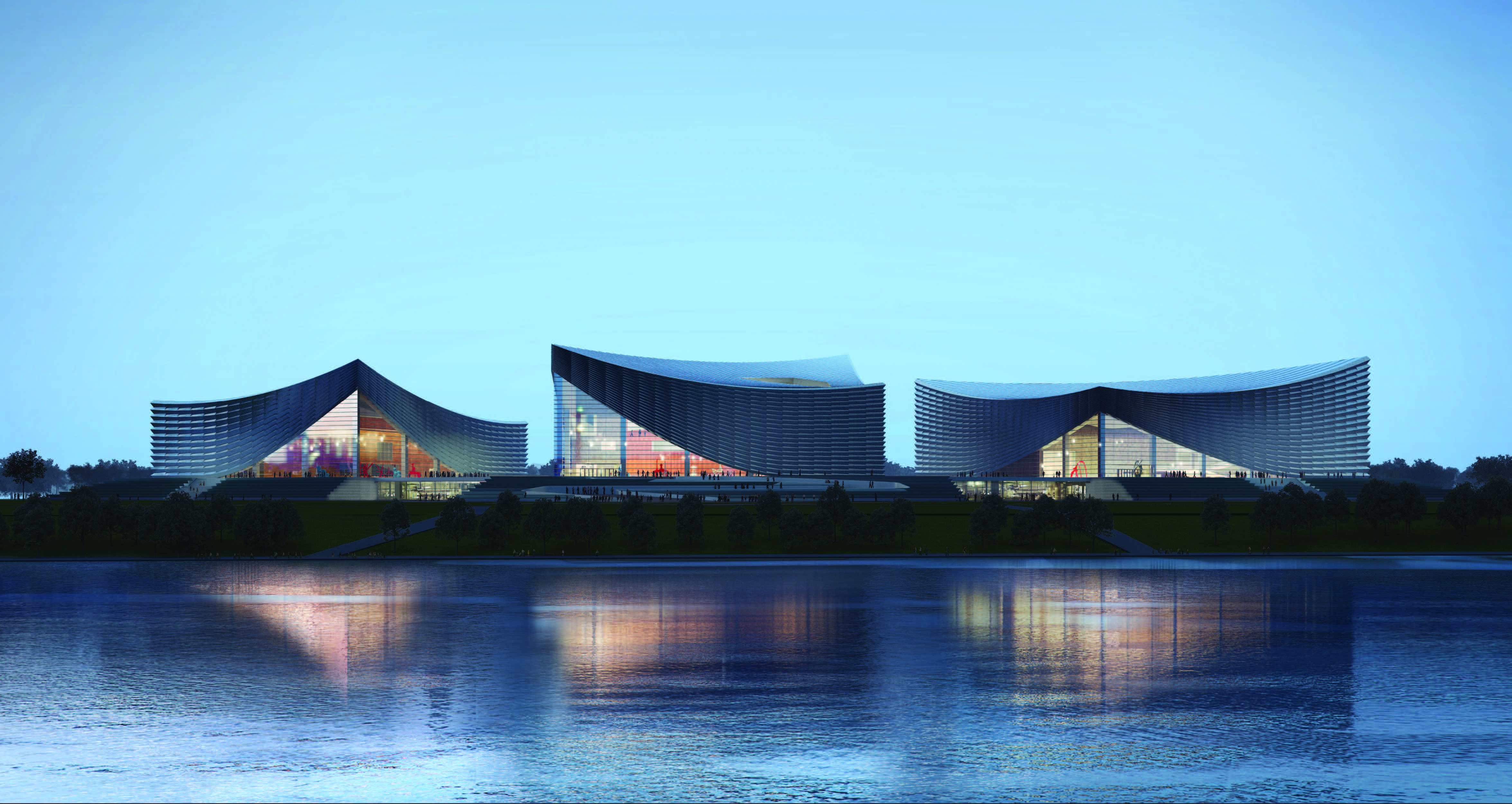
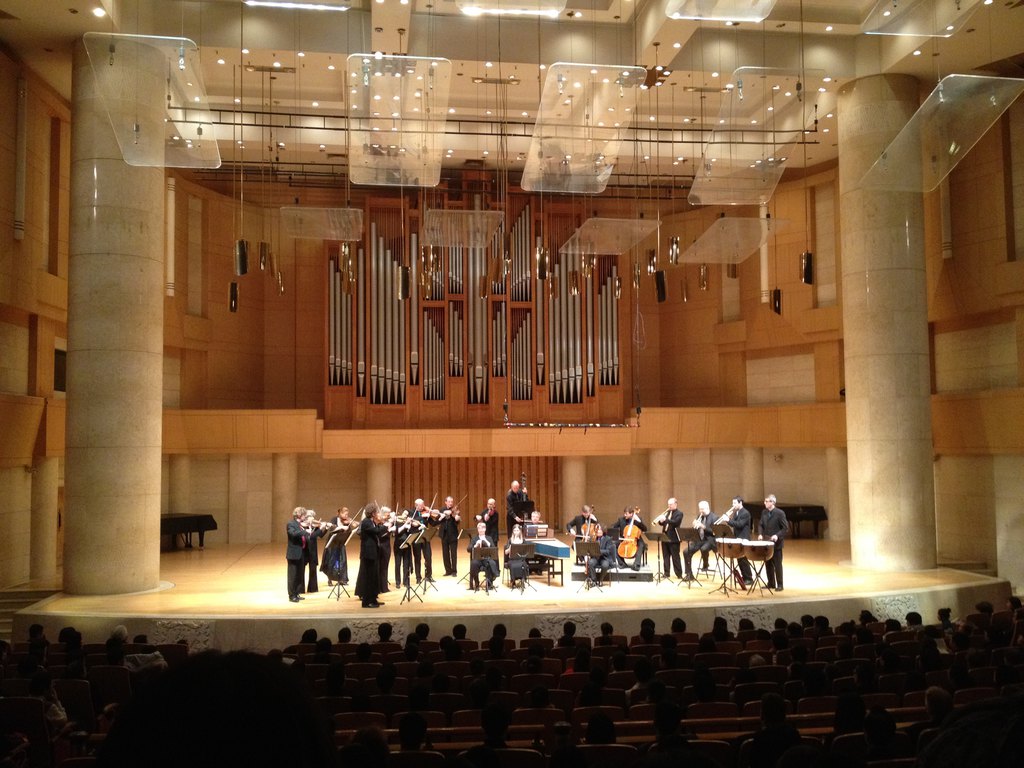
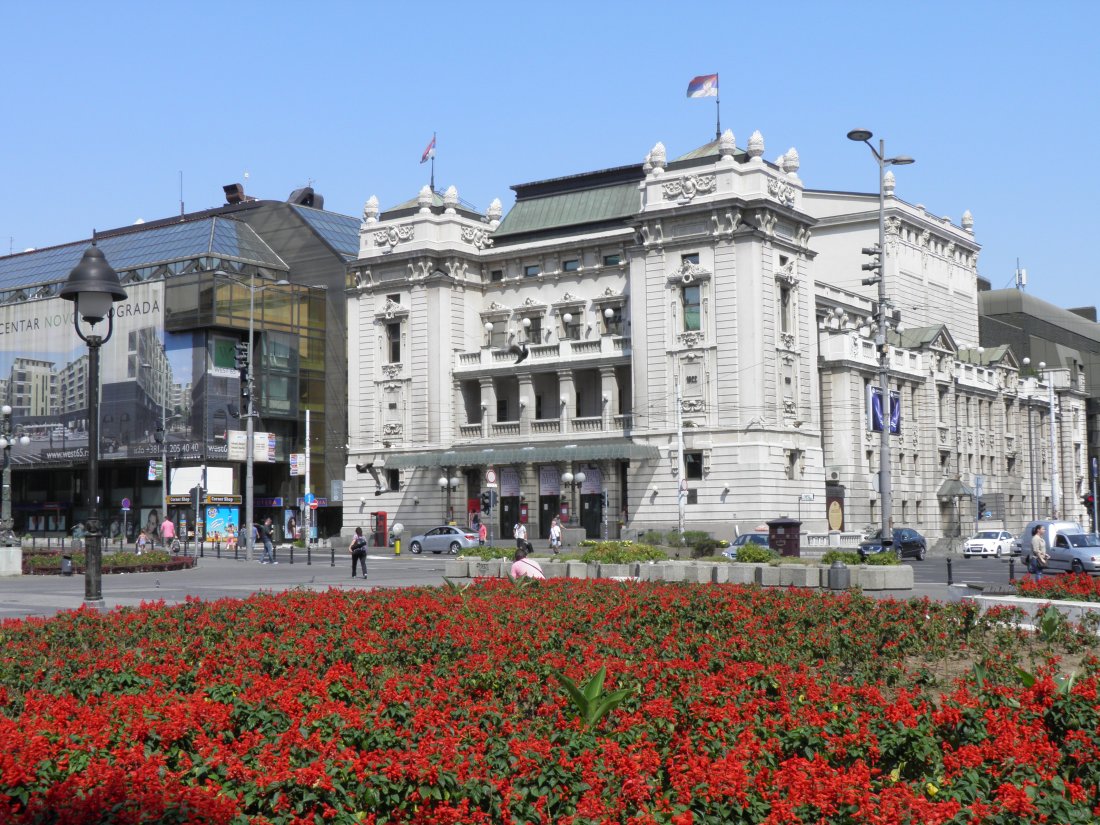

 Baden-Wuerttemberg
Baden-Wuerttemberg
 Vacation and Travel
Vacation and Travel